Ethnographic research on how humans “vest” and display badges IRL:
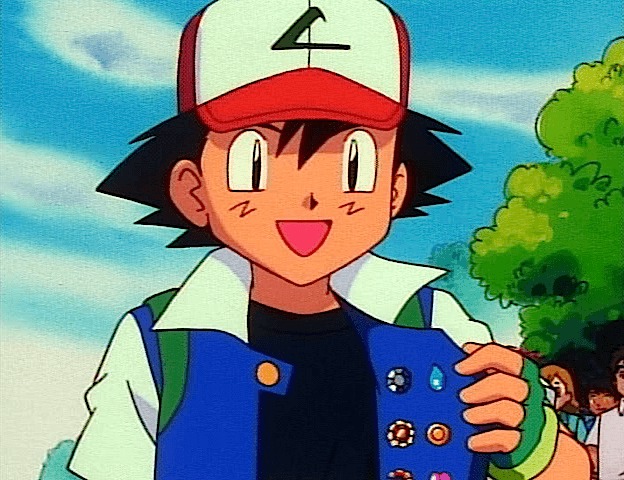

In all seriousness, this is how I actually imagined the UI for badges.
A panel where they are all displayed (with vertical scroll on y overflow), where you could have a menu to filter the displayed badges (cred @joshafairhead) – and by clicking/hovering on a given badge, you could see more information.
In some cases, these badges would probably have text on them to communicate certain things – but that is a visual design consideration.
If we were creative enough about our glyphs, we could potentially do them without words and create a visual language, increasing access to this “language of badges” and the spectrum of people who could understand them.
^In that case, the roadbump would be the design needs for creating new badges. But if anyone could visually/graphically create their own badges, it could be a cool form of self expression, and the most useful/relevant/communicative badges would probably rise to the top.
So someone could create a “supportive friend” badge that looks like this:
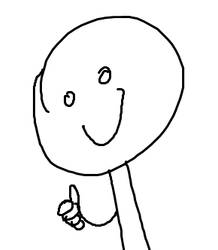
And another person gifting a “supportive friend” badge would potentially say, that one is kinda shit, I’m gonna make my own:
And then others could decide which badge for “supportive friend” they want to use.





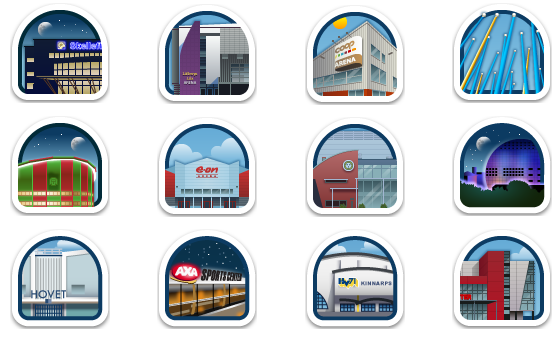
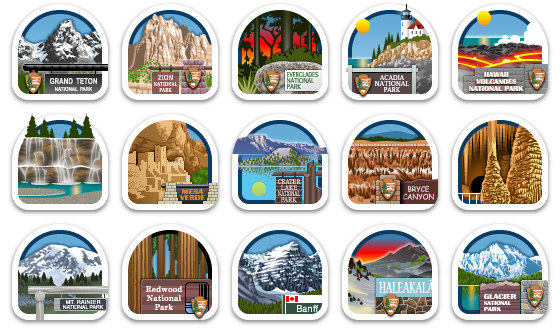
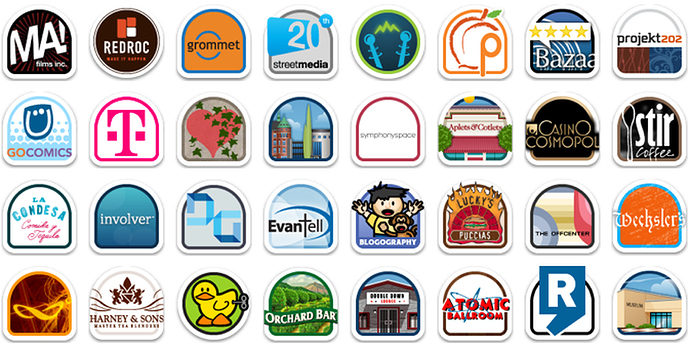
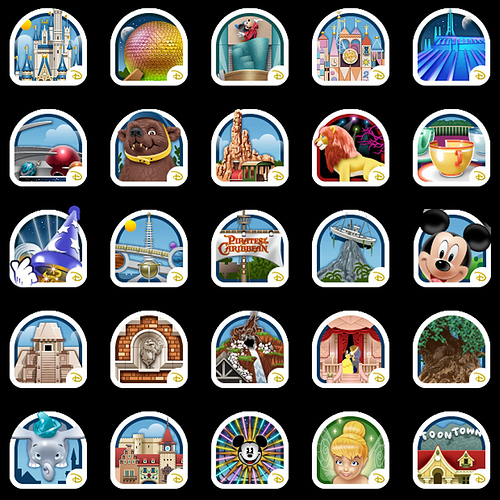

 )
)
 before that production is needed to automatically own outputs
before that production is needed to automatically own outputs  without purchase.
without purchase.